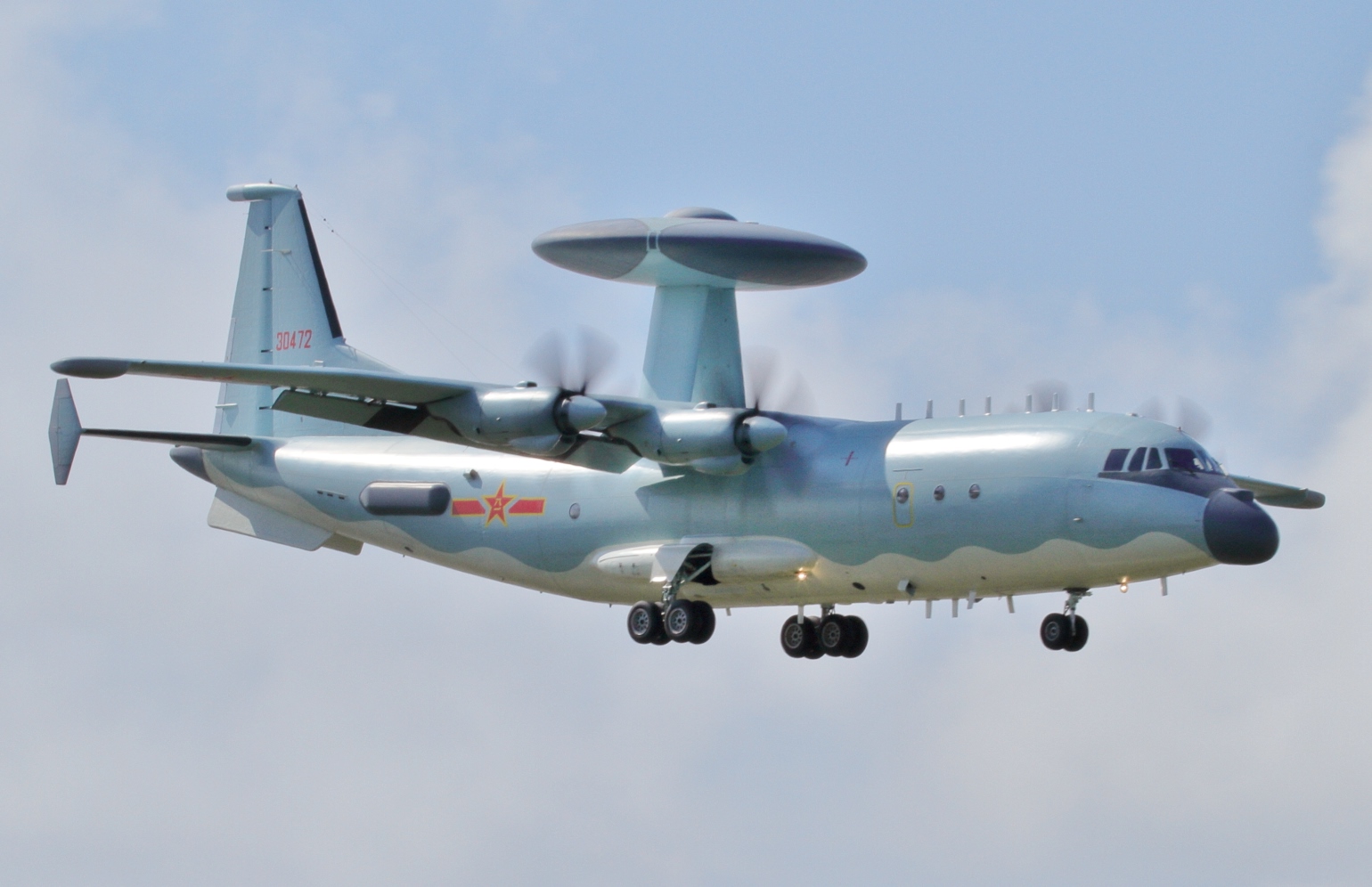Wang Xiaomo, the father of China’s early-warning aircraft and recipient of the country’s top science and technology award, passed away at 84. Wang pioneered radar technology, arming China with sophisticated systems to boost its military self-reliance.
Wang’s passing was announced by China Electronics Technology Group (CETC), a prominent State-owned defense contractor where the researcher spent his whole career, the state-owned Global Times reported.
China has attempted to develop sophisticated technologies for its military domestically since the 1990s.
The domestic industry has made significant strides in mounting airborne warning and control radars on aircraft, with efforts still underway to produce the most advanced, next-generation early warning aircraft.
In November 2022, media reports suggested that China was developing a new generation of large “strategic airborne early warning (AEW)” aircraft amid rising tensions with Taiwan, the United States, and the regional US allies. These claims were touted as too good to be true by military experts.
Nevertheless, the report hinted at Chinese ambitions of developing and adopting early warning aircraft capabilities brought to the country by the pioneer Wang Xiaomo. This was significant as it was done when the United States reportedly made it very difficult for the country to acquire radars and AWACS from foreign countries.
The CETC said that Wang developed China’s early warning aircraft systems and expanded the nation’s air defense radar technologies throughout his lifetime. They added that Wang’s passing was a significant loss for China’s national defense, military electronics, and informationized airborne weaponry research industries.

How Did Wang Revolutionize China’s Detection Capability?
Wang, born on November 12, 1938, in Shanghai, started his career at the No. 14 Research Institute under the No. 10 Research Academy of the Ministry of National Defense in Nanjing, East China’s Jiangsu Province, in 1961. He had previously attended the Beijing Institute of Technology’s radio engineering faculty.
Wang was sent to the isolated mountains of Guizhou Province in southwest China in 1969 to build the No. 38 Research Institute. Wang successfully led his team and gave China its first-ever first three-dimensional radar, the 383 radar, in 1984.
This feat was achieved despite the dilapidated site posing several hindrances in his research and development work.
The development of this radar was a breakthrough for China as it significantly improved China’s domestic air defense capabilities. 3D radar allowed China to carry radar ranging and direction in three dimensions and added a critical dimension to its existing capability, i.e., ‘elevation.’
Later, under Wang’s direction, the No. 38 Research Institute created radars such as the JY-9 and the 384, which successfully tested the global market.
Wang was chosen to lead the armaments division of the CETC, subsequently known as the China Electronics Industrial Corporation, in 1992. He began working on early warning aircraft systems when he was 54. This was the most decisive turn in Wang’s career that would immortalize him in the annals of Chinese history.

Wang led China’s independent development of the KJ-2000 and KJ-200 early warning aircraft.
After the A-50I deal between Israel and Russia was called off in July 2000 due to intense US pressure over the Israeli radar that was supposed to be mounted, the KJ-2000 development program got underway. The first aircraft had its maiden flight in 2003.
A phased array radar (PAR) is carried in a radome on the Chinese AWACS. The radar antenna of the Chinese AWACS does not spin, unlike the rotodomes of US AWACS aircraft, which do so to provide 360-degree coverage. Instead, to give 360-degree coverage, three PAR antenna modules are arranged in a triangle configuration inside the spherical radome.
The Nanjing Electronic Technology Research Institute (NII) created a multi-purpose, three-dimensional pulse-Doppler radar to identify and track airborne and surface targets.
It works between 1200 and 1400 MHz in frequency. Three phased arrays comprise the antenna system, housed in a 14-meter-diameter disc. The American Boeing E-3 Sentry and the Soviet Beriev A-50, on the other hand, use a 9-meter disc.

A Chinese military expert told the Global Times, “The KJ-2000 early warning aircraft is believed to be a generation more advanced than its US counterpart, the E-3C, thanks to the active phased array radar developed by Wang”.
After the KJ-200 came the KJ-500, a next-generation early warning aircraft that merged cutting-edge radar technologies onto a smaller airframe developed by China’s electronics and aviation industries.
A Chinese military expert told Global Times that China had overtaken the US in early warning aircraft technology by two generations.
The report in Chinese media also highlighted a speech previously given by General Kenneth Wilsbach, Commander of US Pacific Air Forces, that said that the KJ-500 early warning aircraft is feared even by the US Air Force because it can direct other platforms, such as the J-20 stealth fighter jet and hit targets with its PL-15 beyond visual range air-to-air missile.
Wang founded an aerial technology lab in May 2022 to address opportunities and obstacles in creating a network information system. His monumental contributions to Chinese radar and early warning tech led to several tributes pouring on his death.
On Chinese social media, netizens remembered Wang as a “backbone of the country” and wished him to rest in peace.
- Contact the author at sakshi.tiwari9555 (at) gmail.com
- Follow EurAsian Times on Google News




